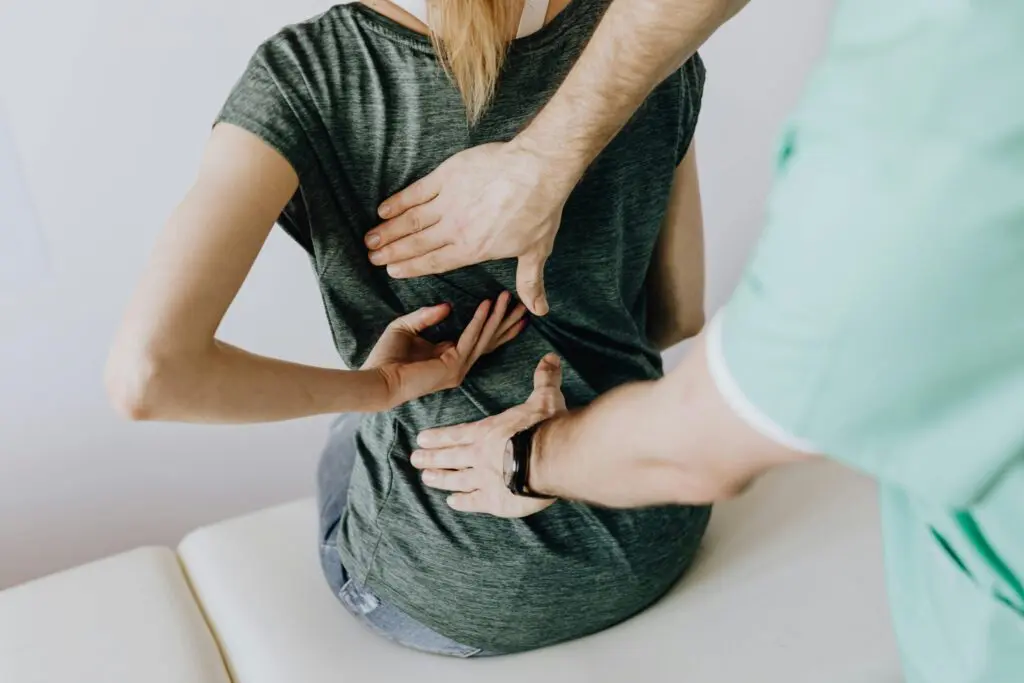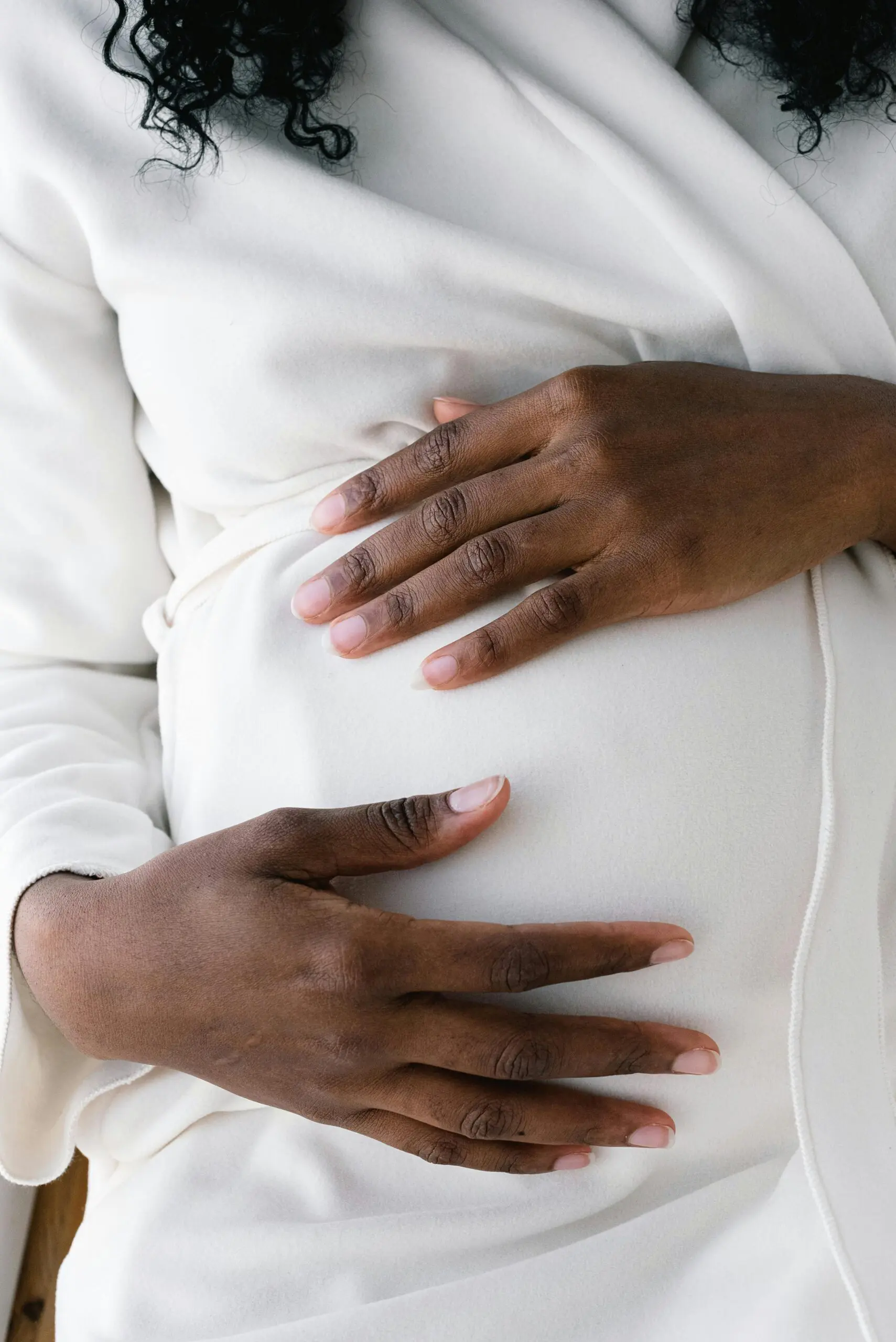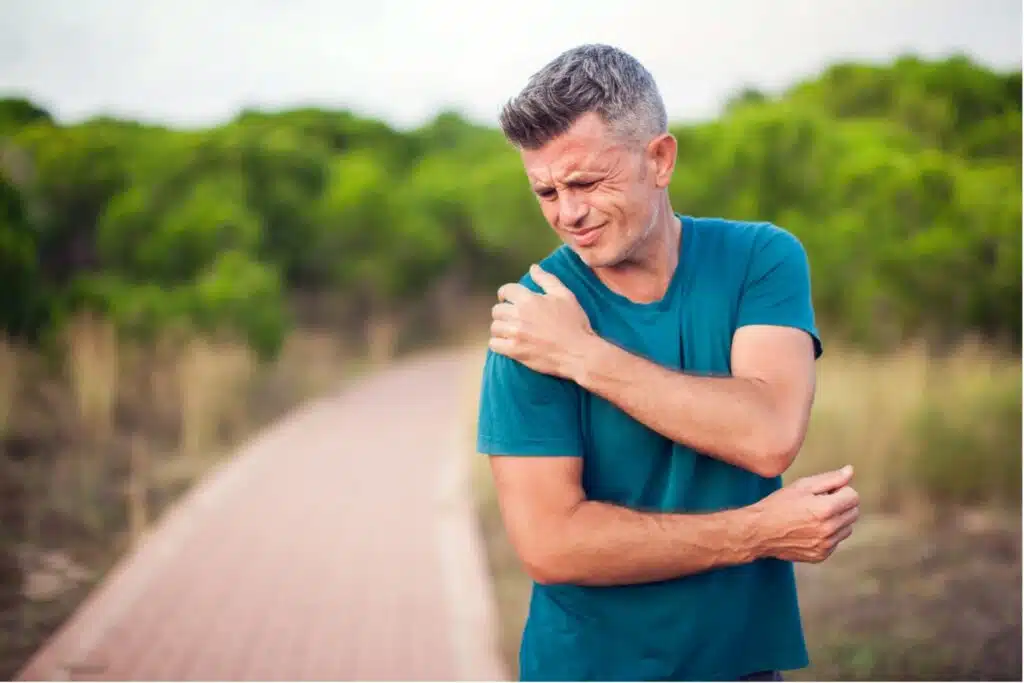You have more than 900 ligaments throughout your body, connecting bones, joints and organs. These cords of connective tissue perform vital tasks like stabilizing your bones and ensuring your joints function properly. When an injury occurs, it is important to know what ligament pain feels like and what you can do to restore your activity level and quality of life.
Tendon and ligament pain is often intense and may be accompanied by bruising, swelling and weakness in the affected joint. In some cases, you might hear a popping or snapping sound when the injury occurs. A healthcare provider can determine the extent of a ligament injury and recommend treatments to relieve soreness during the healing process.
Identifying Ligament Pain in Different Body Parts
Because ligaments are found throughout the body, there are many areas where you might experience ligament pain. Some of the most common include:
Knee
Your knee has four main ligaments that can become injured through activity, sudden movement or trauma. Understanding what ligament pain feels like in this joint depends on the specific ligament that is damaged:
- Medial Collateral Ligament (MCL) and Lateral Collateral Ligament (LCL): These ligaments run along the side of the knee, so pain and swelling will be focused there if these ligaments are injured.
- Anterior Cruciate Ligament (ACL) and Posterior Cruciate Ligament (PCL): These ligaments are both located in the middle of the knee, so pain and swelling will originate in the center of the joint.
With any knee ligament injury, you may also hear a popping sound, and you may not be able to put weight on the affected knee. These ligament injuries can also lead to loss of range of motion.
Spine
Ligaments in the spine protect the bones and nerves of the spinal cord. Ligaments in the cervical spine (neck) are especially prone to injury. When these ligaments are damaged, you might experience a sensation of tearing, pain, swelling, bruising and muscle spasms.
If ligaments in the lower back are damaged, symptoms might include pain, stiffness, muscle spasms and limited range of motion. Some people may also notice digestive issues or rib pain from damage to ligaments in the middle part of the back.
Foot
Damage to the ligaments of the foot is often referred to as a sprain. These injuries are typically very painful, with pain intensifying with walking or other physical activity. Swelling and bruising at the location of the injury are also very common, and you may not be able to put any weight on the affected foot.
Shoulder
Ligaments in the shoulder help strengthen the joint and provide range of motion. When an injury occurs in this area, you may experience pain and have difficulty moving or lifting your arm. Swelling can also occur, and in severe cases, the normal contour of the shoulder may be affected.
Stomach
Women also have ligaments in the stomach area that anchor and support the uterus. Known as round ligaments, these cords are designed to stretch to accommodate the expanding uterus and growing baby. What causes round ligament pain? Stretching is the primary cause, particularly when coughing, sneezing or making sudden movements. The pain may be sharp and stabbing, or it may feel more like a dull ache. The sensation is usually temporary, only lasting a few seconds in most cases.
Hip Flexor
The hip flexor consists of a group of muscles, tendons and ligaments that help lift the knee. Ligament injuries in this area can cause sharp, sudden hip pain, soreness and cramping in the upper leg and muscle spasms. These injuries may make it difficult to lift the leg, which can limit mobility.
Chest
When ligaments in the chest become damaged, you might think the pain you experience has something to do with your heart. However, despite the discomfort, ligament injuries in this area do not affect the heart. In addition to pain in the chest and upper arm, you might also experience weakness when you try to raise your arms or push them outward.
Causes and Risk Factors of Ligament Pain
There are various reasons why you might experience ligament pain. Common causes include:
Overuse
Repetitive motions place stress on ligaments, tendons and muscles, which can lead to injuries and pain.
Sudden movements
If you stand, turn or sit quickly without thinking about how to do so correctly, it can strain the ligaments.
Lifting
When you lift heavy items or don’t use proper posture when lifting, you can injure muscles, tendons and ligaments, leading to ligament pain.
Sports and activities
Participation in physical activities and sports can cause injuries that may lead to ligament pain.
Some people may also be more prone to ligament injuries and pain. Here are some risk factors to consider:
Gender
Women tend to be more prone to ligament damage, in part due to hormonal influences.
Age
Ligaments are subject to wear and tear throughout the years, making older adults more prone to ligament pain.
Medical conditions
People with disorders like connective tissue deficiency syndrome (CTDS) are more likely to suffer overuse injuries and ligament pain.
Weight
Additional weight puts more stress on joints, which can lead to injuries over time.
Sports
Athletes are at higher risk for ligament injuries.
Conditioning
Workouts or participation in sports without proper conditioning opens the door to possible injury.
Posture
Poor posture or faulty movement patterns stress areas of the body, increasing the risk of injury.
Footwear
Shoes that do not fit properly affect your posture and stress joints like the ankles and knees.
Ligament Pain Versus Other Types of Pain
When a ligament becomes overstretched or torn, it is often referred to as a sprain. These injuries can be very painful and limit mobility and range of motion. They usually occur due to trauma, such as a blow to the joint, sudden twisting or a fall.
Tendon injuries are frequently caused by overuse or repetitive motions. They are often called strains (or tendonitis for some types of tendon injuries). Tendon injuries can be very painful and affect your range of motion. Tendons can also take a long time to heal. A healthcare provider can distinguish between ligament and tendon pain by using a variety of diagnostic tests.
A fracture is a break in a bone. In some cases, the crack only goes through a portion of the bone, while other fractures result in the bone breaking into two or more pieces. Both a ligament injury and a bone fracture can cause significant pain, swelling and bruising. However, you might also experience tingling or numbness after a fracture. In some cases, the area where the fracture occurs will look misshapen or distorted as well.
Treatment Options for Ligament Pain
When you first experience ligament pain, the RICE (rest, ice, compression, elevation) principle is a good place to start treating it:
- Rest: While you don’t have to plant yourself in bed or on the couch, restricting your activity is a good place to begin. Let your pain be your guide: If a specific action hurts, limit that motion until the pain improves.
- Ice: Ice relieves pain and inflammation immediately following an injury. Place an ice pack on the affected area for 20 minutes at a time, placing a cloth between the ice pack and the skin to prevent burns. If you don’t have a gel ice pack, a bag of frozen peas can be a good substitute.
- Compression: Adding gentle compression via a cloth bandage will help minimize swelling and reduce bruising and bleeding. The bandage should not be too tight; it will increase swelling and could damage the skin.
- Elevation: Elevate the injured area above the heart to minimize swelling and bleeding. It is easiest to elevate while lying down and propping up an arm, knee or ankle on pillows.
Treatments for ligament pain might also include a variety of regenerative therapies that focus on reducing pain and supporting the body’s natural healing process. Natural biologics offer restorative benefits without the need for surgery or pain medications.

Preventing Ligament Pain
While it may be impossible to completely prevent ligament pain, there are steps you can take to lower the likelihood of an injury:
- Maintain a healthy weight.
- Always warm up and stretch before any physical activity.
- Increase workout intensity gradually so your body has time to adjust.
- Give your body time to rest after intense exercise.
- Don’t continue an activity if you experience pain.
- Choose shoes that fit well and offer proper support to the foot.
- Eat a well-balanced, nutritious diet.
FAQs About Ligament Pain
What does ligament pain feel like?
You might feel a sharp, stabbing sensation when a ligament becomes injured, particularly during or immediately following a sudden movement. For some people, the pain may feel more like a persistent tugging, pulling or aching in the affected area.
What are the signs of a damaged ligament?
You might hear a snapping sound at the time of the injury. Other signs may include pain, swelling and bruising. You may notice your joint mobility is more limited, or you can’t put weight on the affected joint.
How do I know if I hurt my tendon or ligament?
When a tendon or ligament is injured, you will typically experience pain and swelling. You might hear a snap or pop when the injury occurs. Tendon and ligament pain can be intense and may impair the affected joint’s function.
Exploring Non-Surgical Alternatives With QC Kinetix
Ligament pain can impact your ability to function and your quality of life. Regenerative treatments support your body’s ability to heal itself, reducing pain and improving your activity level. Biologic treatments go to the source of the pain, rather than simply managing pain so you can live with it. Our alternative therapies are appropriate for many types of ligament pain and injuries.
Explore Ligament Pain Relief With QC Kinetix
If you are ready to learn more about what ligament pain feels like or the therapies available for treating it, contact QC Kinetix today. We offer a concierge approach to medical care with customized treatments targeting your specific needs. Contact us online today to schedule your free consultation.


